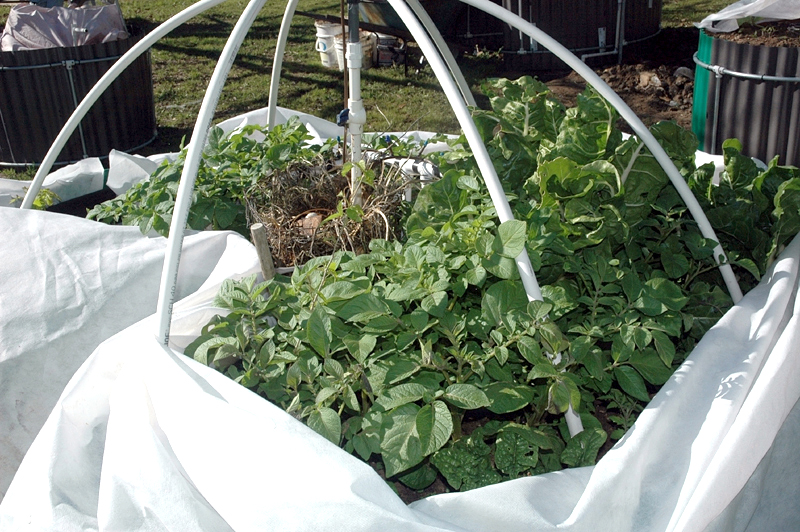 As you all know, we embarked on a winter experiment with a newfangled cover for our keyhole gardens. We were expecting a normal winter in which to gauge all the bells and whistles. The abbreviated winter season version we received was not planned for, so the test will be rescheduled for next year when global warming in Texas is out of style.
As you all know, we embarked on a winter experiment with a newfangled cover for our keyhole gardens. We were expecting a normal winter in which to gauge all the bells and whistles. The abbreviated winter season version we received was not planned for, so the test will be rescheduled for next year when global warming in Texas is out of style.
 When it comes to freezes, the downside is that even a small one can wreck weeks of being mindful and watching all sectors, especially if the weather forecast is wrong, which it has been numerous times this year. “Accurate” weather forecasts that are based on numerous tracking models which are updated in real time only become accurate when traced backwards from the current moment by a few seconds here in Texas.
When it comes to freezes, the downside is that even a small one can wreck weeks of being mindful and watching all sectors, especially if the weather forecast is wrong, which it has been numerous times this year. “Accurate” weather forecasts that are based on numerous tracking models which are updated in real time only become accurate when traced backwards from the current moment by a few seconds here in Texas.
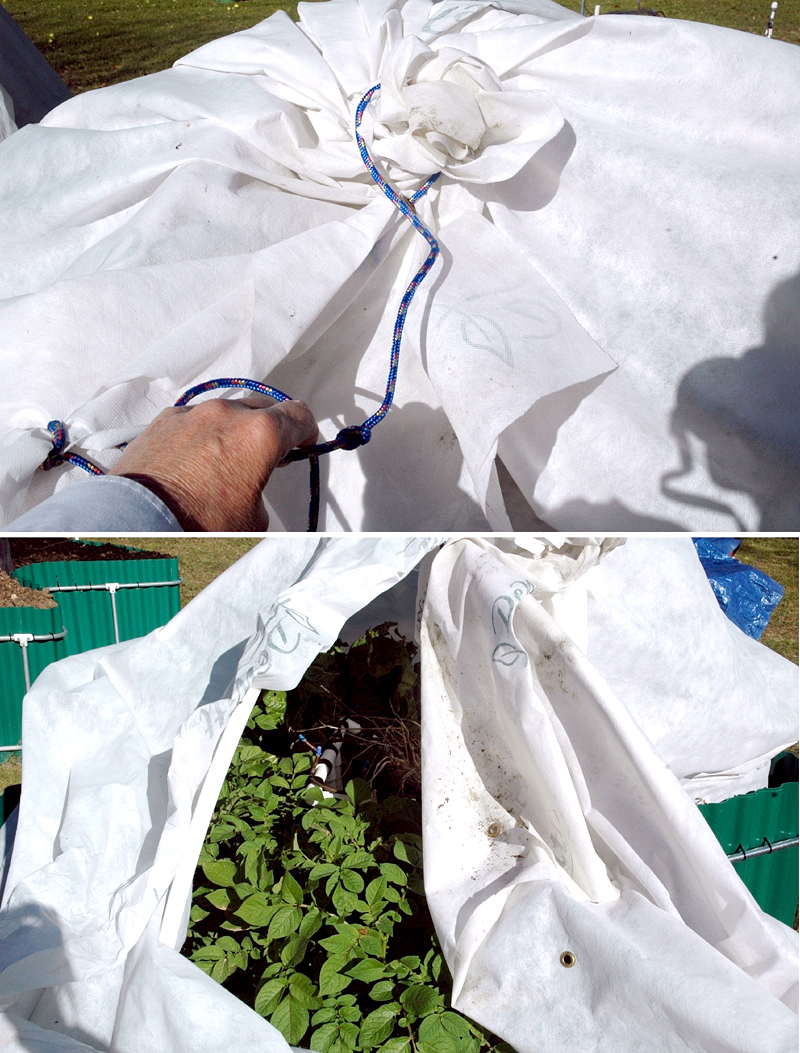 Nevertheless, after our 30-degree blast earlier this week (when the low was predicted to be between 34 and 37), we decided to remove the covers from our gardens and hope that the final Easter plunge is mild.
Nevertheless, after our 30-degree blast earlier this week (when the low was predicted to be between 34 and 37), we decided to remove the covers from our gardens and hope that the final Easter plunge is mild.
Here are a few photos of the covers being removed, so you can get an idea of how the cover contraption works. Previous posts provide more detail.
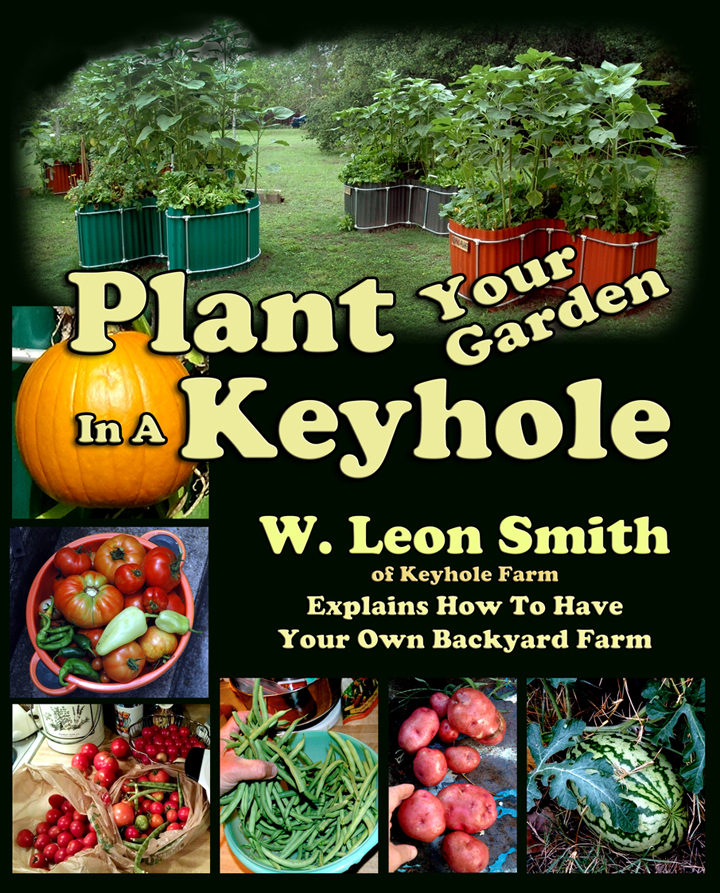 It is unbelievable, but I have already had to mow the yard. This usually happens much later. And, due to the mild winter, I wonder how the bug population will spring forth this year. Will it be a plus or a minus for gardeners? Time will tell.
It is unbelievable, but I have already had to mow the yard. This usually happens much later. And, due to the mild winter, I wonder how the bug population will spring forth this year. Will it be a plus or a minus for gardeners? Time will tell.
However, I am ready to spend more time out of doors. A lot of people from throughout the United States are taking up keyhole gardening, based on our extremely busy schedule producing both the original regular-sized keyhole garden kits and the mini-keyhole kitchen garden kits that individuals have ordered in preparation for spring.
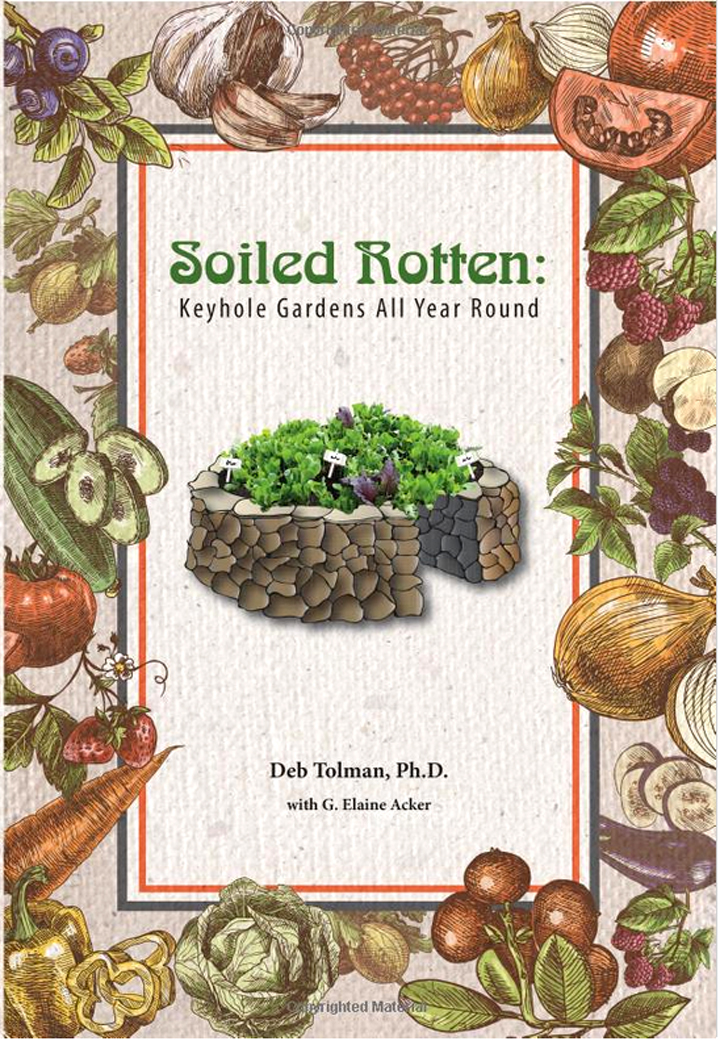 The benefits of keyhole gardens is that they work all year round, so we encourage our readers to very seriously consider keyholes when it comes to raising some of your own food. It is definitely worth it!
The benefits of keyhole gardens is that they work all year round, so we encourage our readers to very seriously consider keyholes when it comes to raising some of your own food. It is definitely worth it!
I announced previously the publication of my book Plant Your Garden In A Keyhole, which details my journeys involving keyholes, and Dr. Deb Tolman’s recent book, Soiled Rotten: Keyhole Gardens All Year Round, about a community approach to keyhole gardens. I do now have a second book, a Spanish version of my Plant Your Garden In A Keyhole book entitled Plante su Jardin en un Ojo de la Cerradura.
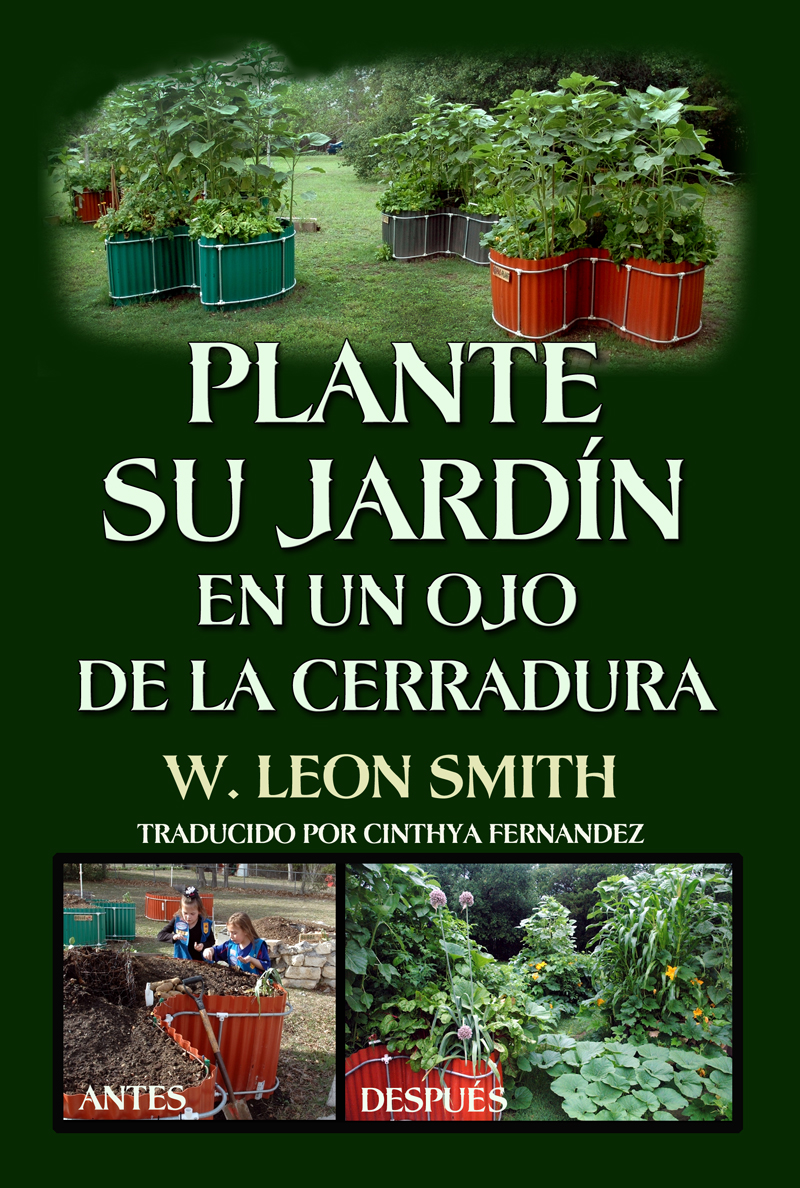 In an effort to spread the word about keyhole gardens, it was my hope that a Spanish version might be well read especially in countries south of us and by non-English speaking residents here.
In an effort to spread the word about keyhole gardens, it was my hope that a Spanish version might be well read especially in countries south of us and by non-English speaking residents here.
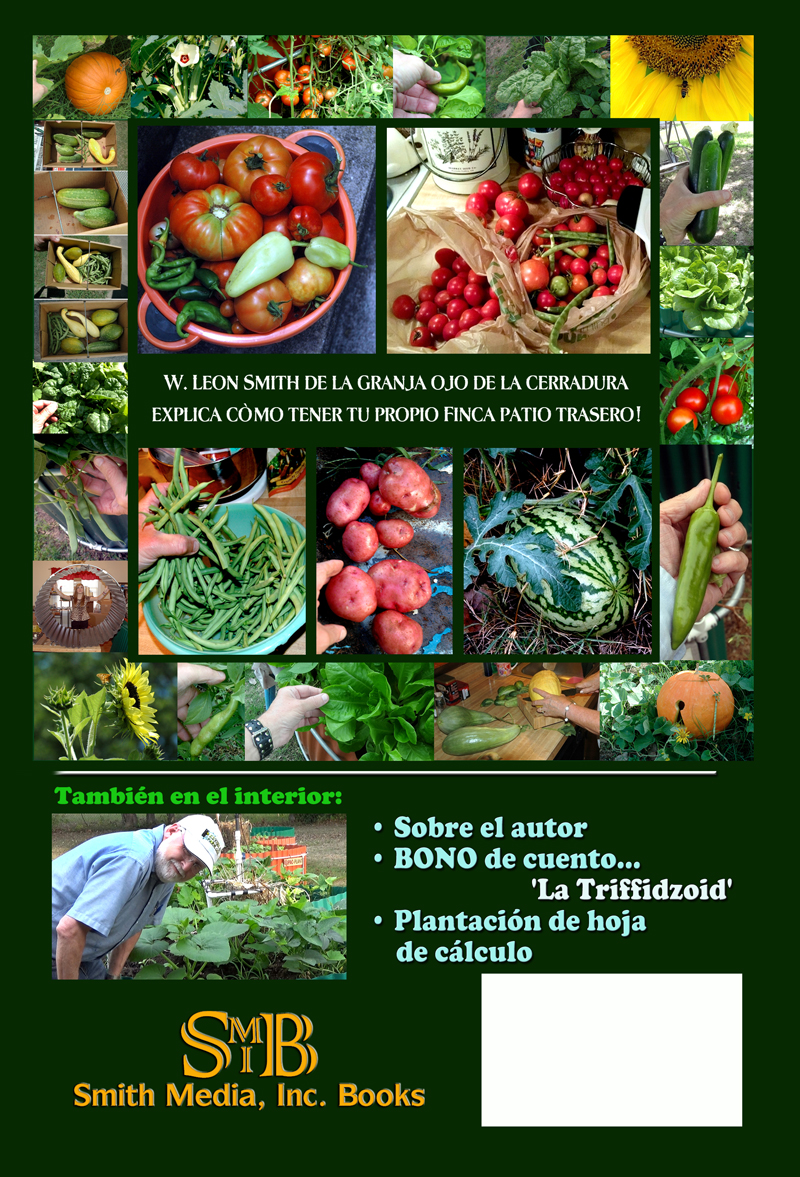 Although I do speak a little Spanish and French, my translator for the Spanish version was Cinthya Fernandez.
Although I do speak a little Spanish and French, my translator for the Spanish version was Cinthya Fernandez.
All three of these books are available on Amazon.